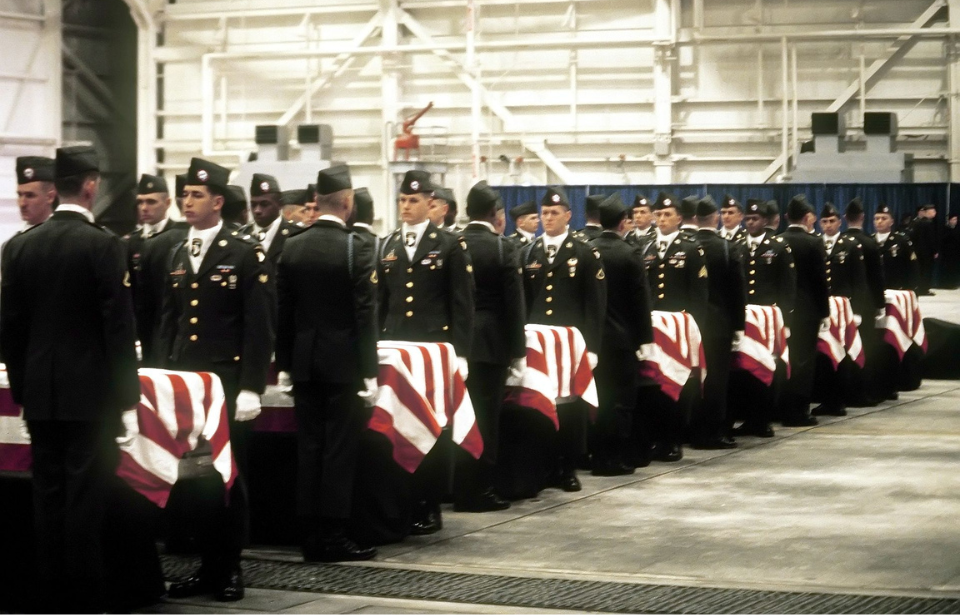In December 1985, the 101st Airborne Division experienced its most devastating single-day loss when a passenger plane carrying 236 of its members crashed shortly after takeoff from Gander International Airport in Newfoundland. This tragic incident remains one of the deadliest days in US Army history and is honored each year by the Screaming Eagles and the local community at the crash site.
Returning from a peacekeeping mission
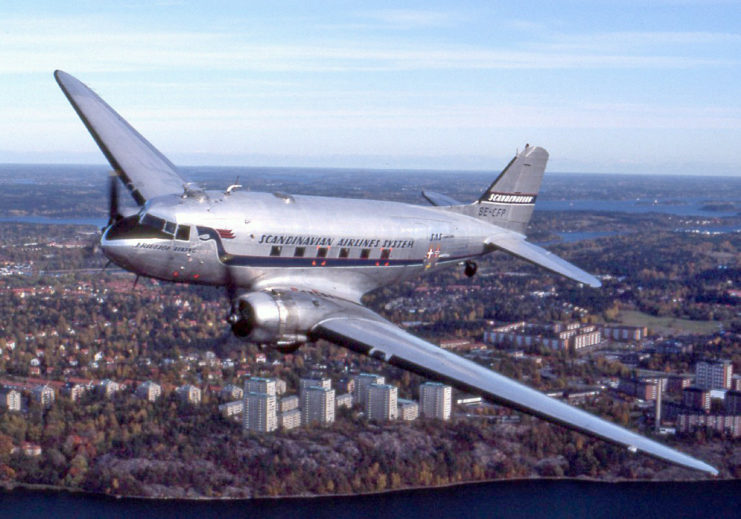
In 1985, the US Army deployed to Egypt’s Sinai Peninsula for a six-month peacekeeping mission as part of the Multinational Force & Observers (MFO). The contingent mainly consisted of troops from the 3rd Battalion, 502nd Infantry Regiment, 2nd Brigade, 101st Airborne. It also included 12 members from the Criminal Investigations Command (CID) and Forces Command (FORSCOM).
Scheduled to depart Egypt in mid-December, some servicemen had traded places with others who had young children and hoped to return earlier to begin their Christmas holidays. On December 11, 248 personnel boarded a Douglas DC-8-63CF jetliner, bound for their final destination of Fort Campbell, Kentucky.
The plane crashes with members of the 101st Airborne onboard
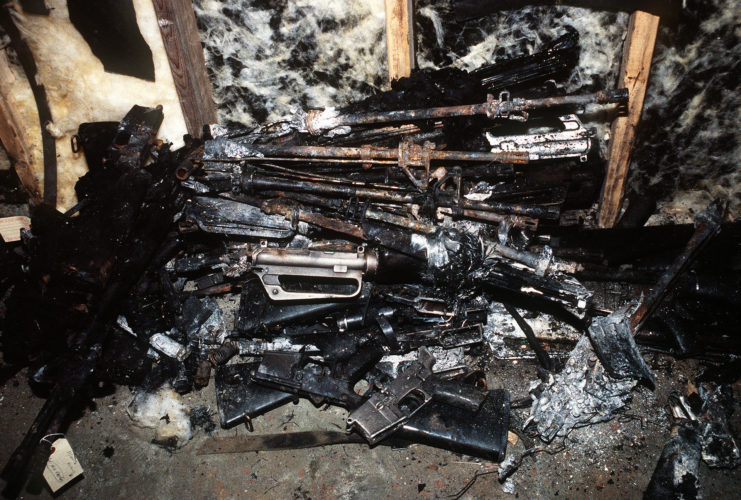
Flight 1285R departed Cairo, Egypt, at 8:35 PM on December 11, 1985. The return trip to the United States was set to extend into the next day, with refueling stops planned in Cologne, West Germany, and Gander, Newfoundland, Canada. The DC-8 landed in Cologne at 1:21 AM and departed just over an hour later with a new flight crew of eight.
At 9:04 AM, the aircraft arrived at Gander International Airport, where passengers disembarked while the plane was refueled and underwent an external inspection. At 10:15 AM, the DC-8 took off from runway 22, reaching a speed of 192 MPH. Witnesses later reported that the plane seemed to experience issues during takeoff.
As the aircraft accelerated to 198 MPH, it began to lose altitude, flying over the Trans-Canada Highway at a dangerously low level. Witnesses then described seeing a bright glow from the plane before it crashed near Gander Lake, breaking apart and bursting into flames. The fire was fueled by the large quantity of fuel recently loaded onto the aircraft.
All those onboard, including members of the 101st Airborne Division, perished in the crash. At the time, it was the deadliest accident involving a DC-8, a record later surpassed by Nigeria Airways Flight 2120 six years later during an emergency landing. It remains the deadliest plane crash in Canadian history and the most fatal air incident involving the US Army during peacetime.
The Canadian Aviation Safety Board launches an investigation
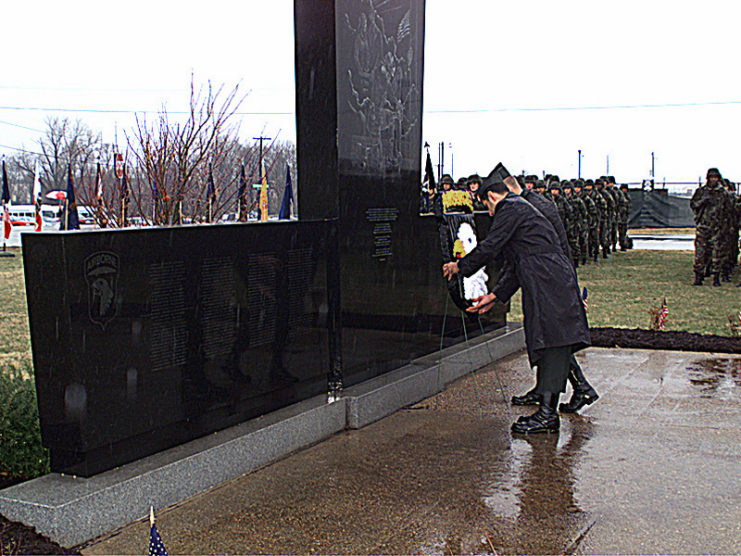
Right after the plane crash, the Canadian Aviation Safety Board (CASB) dispatched a response team to collect evidence that could help them determine what had occurred. By the end of their investigation, five out of nine board members concluded that, as the DC-8 approached Gander, conditions were conducive to ice formation on the aircraft’s wings. The plane continued to be exposed to freezing precipitation upon landing and had not been de-iced before taking off for Kentucky.
Although the members couldn’t identify the precise sequence of events leading to the crash, they stated in their report that “the weight of evidence supports the conclusion that, shortly after lift-off, the aircraft experienced an increase in drag and reduction in lift that resulted in a stall at low altitude from which recovery was not possible.” They attributed the stall to ice contamination on the upper surface of the DC-8’s wings.
Four CASB members disagreed, suggesting instead that “an in-flight fire that may have resulted from detonations of undetermined origin brought about catastrophic system failures” causing the crash. They also pointed out shortcomings in the data retrieved. Judge Willard Estey of the Supreme Court of Canada later ruled that the evidence did not support either conclusion, leading to the CASB’s dissolution and the formation of the Transportation Safety Board of Canada.
On the day of the crash, an anonymous caller contacted a French news agency in Beirut, claiming responsibility on behalf of the Islamic Jihad Organization. However, both the Canadian and US governments dismissed this claim.
The plane crash had a lasting impact on the 101st Airborne
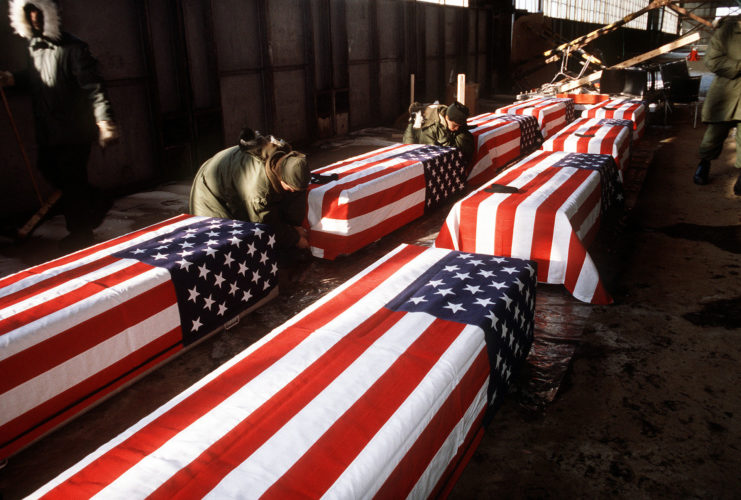
A few days after the plane crash, US President Ronald Reagan and First Lady Nancy Reagan visited Fort Campbell to comfort members of the 101st Airborne and the families of those who’d perished. Speaking before the group, he said, “Some people think of members of the military as only warriors, fierce in the martial expertise, but the men and women we mourn today were peacemakers. They were there to protect life and preserve peace, to act as a force for stability and hope and trust.”
Following the recovery period, the bodies of the fallen were repatriated to the US, escorted by their comrades in the 101st Airborne. Since the plane crash, a number of memorials have been erected to honor the victims, including one overlooking Gander Lake and another at Fort Campbell. A Memorial Park also opened in Hopkinsville, Kentucky.
Each year, a memorial service is held in Gander for the 256 who lost their lives. The event is live streamed to Fort Campbell, so current members of the 101st Airborne can participate.
More from us: The Douglas SBD Dauntless Changed the Course of the Second World War In a Single Day
Want War History Online‘s content sent directly to your inbox? Sign up for our newsletter here!
The crash of Flight 1285R has been featured in a number of television shows over the year. Unsolved Mysteries aired an episode about the incident, implying it was connected to the Iran-Contra Affair and was caused by either an explosion, detonation or fire on the DC-8. Discovery Channel’s Mayday also covered the crash in a season 11 episode titled “Split Decision.”
